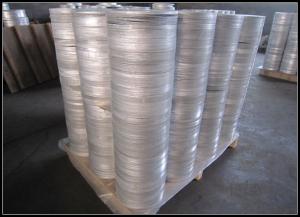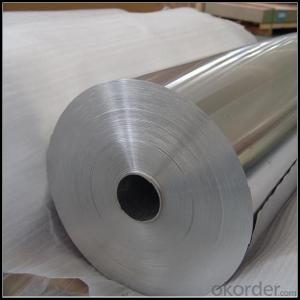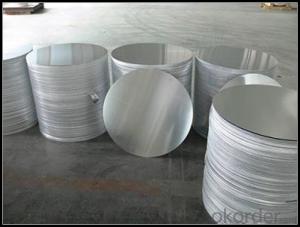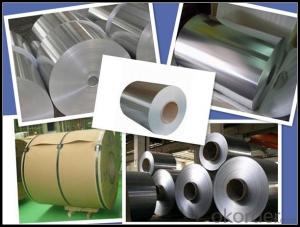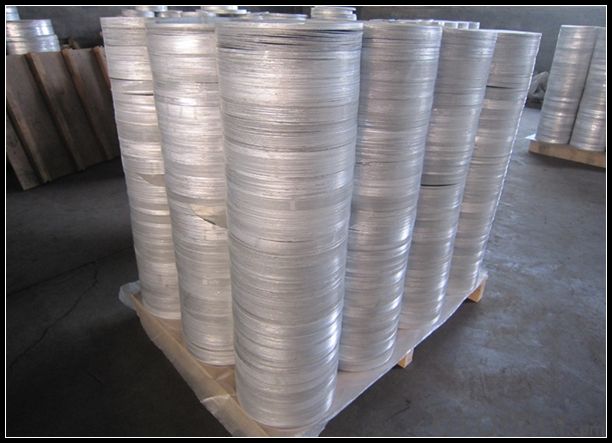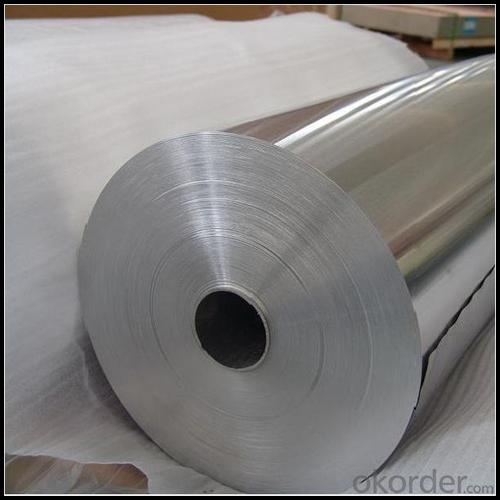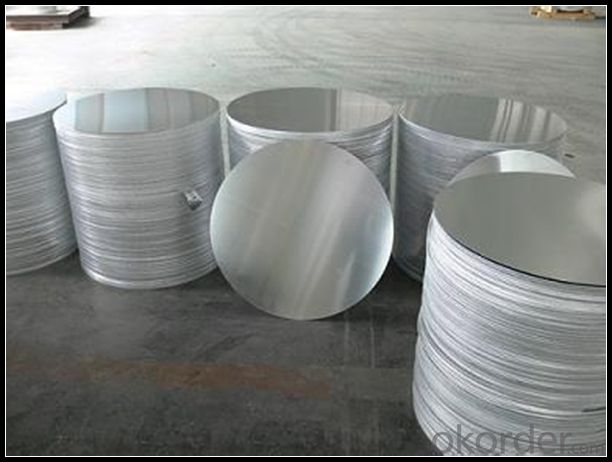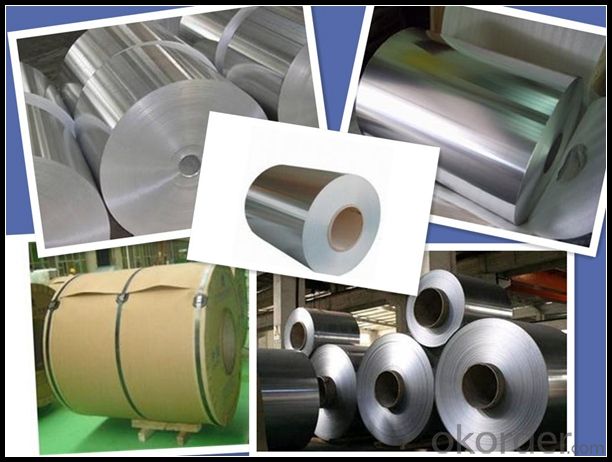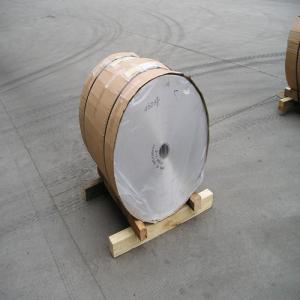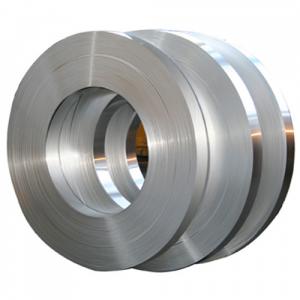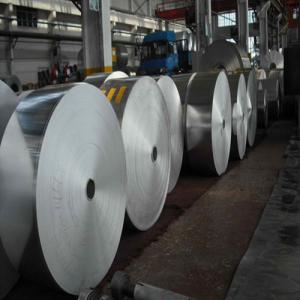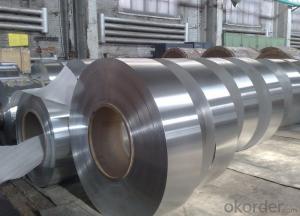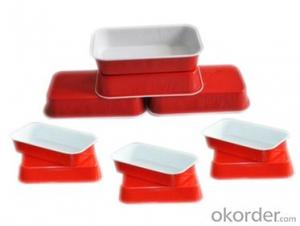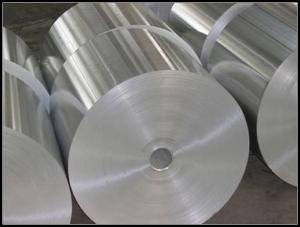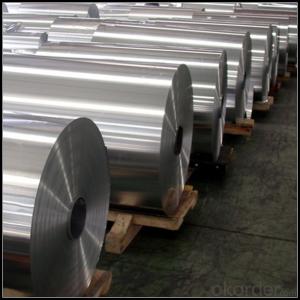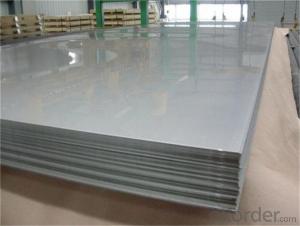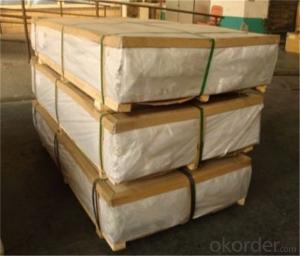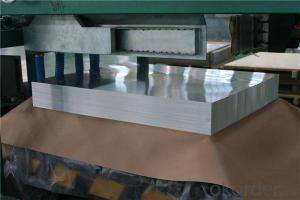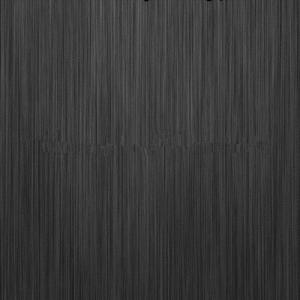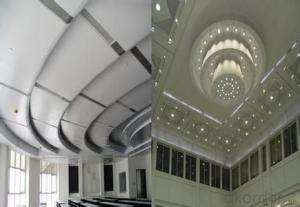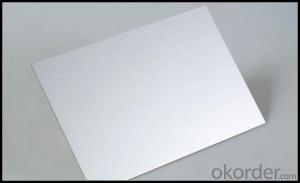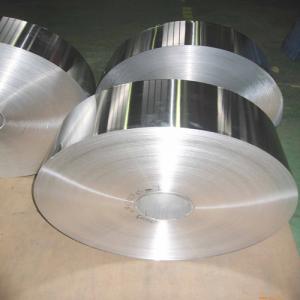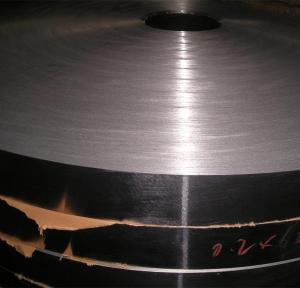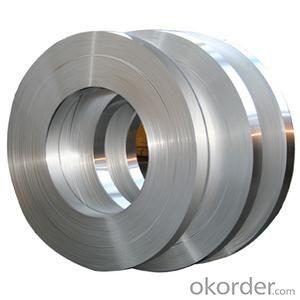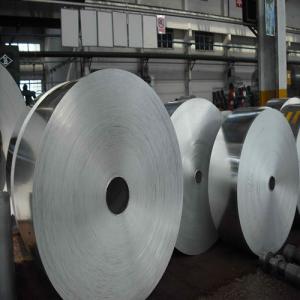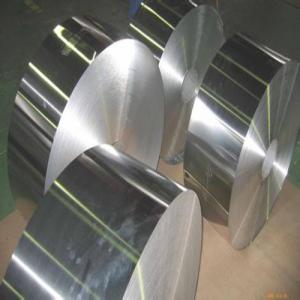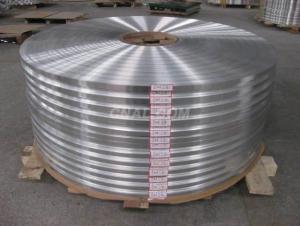Aluminum Transition Strips for Flooring - 5052 5754 5083 6061 Metal Alloy Aluminum Sheet Manufactured in China
- Loading Port:
- Tianjin
- Payment Terms:
- TT OR LC
- Min Order Qty:
- 1 m.t.
- Supply Capability:
- 4999 m.t./month
OKorder Service Pledge
OKorder Financial Service
You Might Also Like
Specification
1. Specification of Aluminum
1) Alloy | 1050, 1060,1100, 3003 3004 3105 3005 5005 5052 etc |
2) Temper | O/H12/H14/H1/H18/H32/H34/H36/H38//H111/H112/H116/H321/T6/T651/T3/T351 etc |
3) Thickness | 0.1mm to 6mm |
4) Width | 20mm to 3300mm |
5) Coil weight | 100kgs to 6 tons depends on actual requirement |
6) Core material | Aluminum alloy |
7) Coil Inner diameter | 76mm, 152mm,or as required |
2. Application of Aluminum
(1).Interior: wall cladding, ceilings, bathrooms, kitchens and balconies, shutters, doors...
(2).Exterior: wall cladding, facades, roofing, canopies, tunnels,column covers , renovations...
(3).Advertisement: display platforms, signboards, fascia, shop fronts...
3. Feature of Aluminum
Corrosion resistance can be excellent due to a thin surface layer of aluminium oxide that forms when the metal is exposed to air, effectively preventing further oxidation. The strongest aluminium alloys are less corrosion resistant due to galvanic reactions with alloyed copper.This corrosion resistance is also often greatly reduced by aqueous salts, particularly in the presence of dissimilar metals.
Be free from Oil Stain, Dent, Inclusion, Scratches, Stain, Oxide Dicoloration, Breaks, Corrosion, Roll Marks, Dirt Streaks and other defect which will interfere with use
4. Certificate:
SGS and ROHS(if client request, paid by client), Bureau Veritas and SGS (if client request, paid by client), CIQS certificate
5. Image of Aluminum
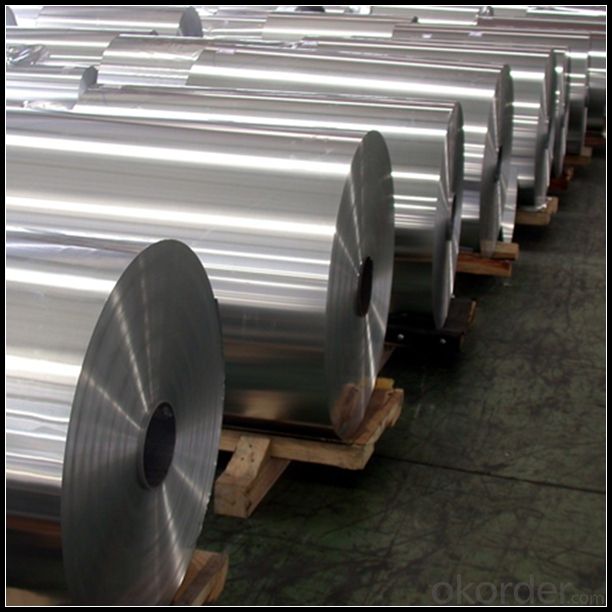
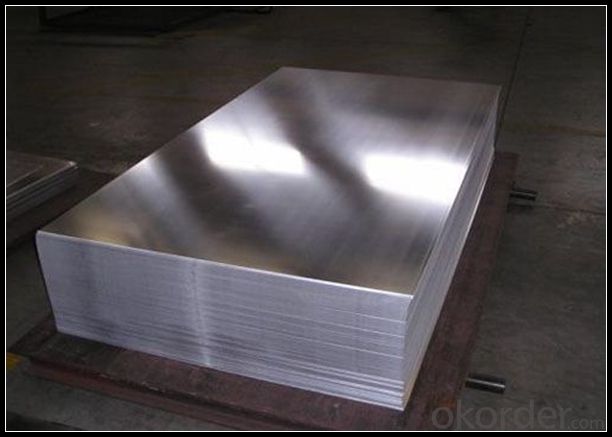
6. Our Service
1. Reply your enquiry in 24 working hours. |
2. OEM, buyer design, buyer label services provided. |
3. Exclusive and unique solution can be provide to our customer by our well traned and professional engineers and staffs. |
4. We can provide free sample for your check |
5. We have the certification of ISO 9001 |
6. Timely delivery |
7. Special discount and protection of sales area provided to our distributor. |
8. Good after-sale service. |
7. FAQ
Q: What is the produce prase? | ||||
A: Normally it would be 40days after received your deposit. | ||||
Q: Can you provide free samples? | ||||
A: Yes, free samples will be sent to you on freight at destination. | ||||
Q: Can I get your latest catalogue? | ||||
A: Yes, it will be sent to you in no time. | ||||
Q: What is the MOQ? | ||||
A: 3 tons | ||||
Q: What are your payment terms? | ||||
A: We accept L/C, D/A, D/P, T/T, West Union,etc. |
- Q: This question asks for a method to measure the thickness of aluminum siding material.
- <p>To determine the thickness of aluminum siding, you can use a digital caliper or a micrometer, which are precise measuring tools. Place the caliper or micrometer at the edge of the siding, ensuring it's perpendicular to the surface, and take a measurement. Another method is to use a magnetic thickness gauge if the siding is coated, as this tool can measure the thickness of non-magnetic coatings on magnetic metals. Always check the manufacturer's specifications for the siding as well, as they often provide thickness information.</p>
- Q: What gas is best for welding aluminum strip?
- If you are using the gas, liquefied gas gun can be used separately burning liquefied petroleum gas welding, then burning gas is liquefied gas, but this time need to use low temperature welding wire, such as the WEWELDING M51 with WEWELDING M51-F solder welding wire.
- Q: This question asks for a comparison between pure aluminum and aluminum alloy, highlighting their distinct characteristics.
- <p>Aluminum is a lightweight, soft, and ductile metal found in the Earth's crust. It is highly reactive and conducts heat and electricity well. Aluminum alloy, on the other hand, is a mixture of aluminum with other elements such as copper, magnesium, or silicon. These alloys are stronger, more durable, and have improved mechanical properties compared to pure aluminum. They are also less prone to corrosion and can be tailored for specific applications, making them widely used in industries like aerospace, automotive, and construction.</p>
- Q: This question asks about the ease of installation for aluminum strips.
- <p>Aluminum strips are generally easy to install. They are lightweight and can be cut to size with basic tools. Installation usually involves peeling off a protective backing and adhering the strip to a clean, dry surface. For best results, it's important to ensure the surface is free of dust and grease. Some types of aluminum strips may require additional fasteners or adhesive for a secure fit, but overall, the process is straightforward and can be done by most DIYers with a little patience and attention to detail.</p>
- Q: This question asks for a comparison between recycled aluminum strips and new ones regarding their quality and performance.
- <p>Recycled aluminum strips are generally comparable to new ones in terms of quality and performance. The recycling process allows for the recovery of aluminum's properties, maintaining its strength, durability, and malleability. In fact, recycled aluminum can be just as strong as new aluminum, and it often requires less energy to produce. However, the quality can depend on the recycling process and the source material. Properly recycled aluminum can be just as good as new, but improper recycling or contamination can affect the final product's quality. Overall, recycled aluminum is a sustainable and often equivalent alternative to new aluminum in many applications.</p>
- Q: This question asks about the differences between aluminum and stainless steel in terms of their ability to resist corrosion.
- <p>Yes, there are differences between aluminum and stainless steel in terms of corrosion resistance. Aluminum is highly resistant to corrosion due to the formation of a protective oxide layer on its surface, which prevents further oxidation. This makes it suitable for environments with high moisture or exposure to corrosive substances. Stainless steel, on the other hand, also has good corrosion resistance, especially when it contains higher amounts of chromium, which forms a passive film that protects the metal from corrosion. However, stainless steel can be more susceptible to corrosion in certain environments, such as those with chlorides, compared to aluminum.</p>
- Q: The user is asking if it is possible to apply paint or stain to aluminum siding after it has been installed.
- <p>Yes, you can paint or stain aluminum siding after installation, but it requires proper preparation. The surface must be thoroughly cleaned to remove any dirt, grease, or factory applied oils. A high-quality primer compatible with aluminum is essential before applying paint or stain. Use a paint or stain specifically designed for metal surfaces to ensure adhesion and durability. Always follow the manufacturer's instructions for the best results.</p>
- Q: What characteristics of aluminum strips make them an ideal material for roofing purposes?
- <p>Aluminum strips are suitable for roofing due to their lightweight nature, which reduces structural load. They offer excellent corrosion resistance, protecting against rust and decay, and are highly durable, maintaining their integrity for decades. Aluminum's malleability allows for easy shaping into various profiles, enhancing design flexibility. Additionally, aluminum strips reflect heat well, reducing energy consumption for cooling, and they are recyclable, contributing to environmental sustainability.</p>
- Q: Is it possible to use aluminum strips as a material for the exterior siding of a building?
- <p>Yes, aluminum strips can be used for exterior siding. They are known for their durability, resistance to weather, and low maintenance requirements. Aluminum siding is lightweight, easy to install, and comes in various styles and colors, making it a popular choice for both residential and commercial buildings. It also has a long lifespan and can be recycled, adding to its environmental benefits. However, it's important to ensure proper installation and choose high-quality materials to maximize its performance and longevity.</p>
- Q: Is it possible to recycle aluminum strips?
- <p>Yes, aluminum strips can be recycled. Recycling aluminum is a highly efficient process that conserves resources and energy. Aluminum is infinitely recyclable without losing its properties, making it an environmentally friendly choice. The recycling process involves melting the aluminum, which requires significantly less energy compared to producing aluminum from raw materials. This not only reduces waste but also lowers greenhouse gas emissions. Proper recycling of aluminum strips helps in conserving natural resources and reducing the environmental impact of aluminum production.</p>
Send your message to us
Aluminum Transition Strips for Flooring - 5052 5754 5083 6061 Metal Alloy Aluminum Sheet Manufactured in China
- Loading Port:
- Tianjin
- Payment Terms:
- TT OR LC
- Min Order Qty:
- 1 m.t.
- Supply Capability:
- 4999 m.t./month
OKorder Service Pledge
OKorder Financial Service
Similar products
Hot products
Hot Searches
Related keywords
